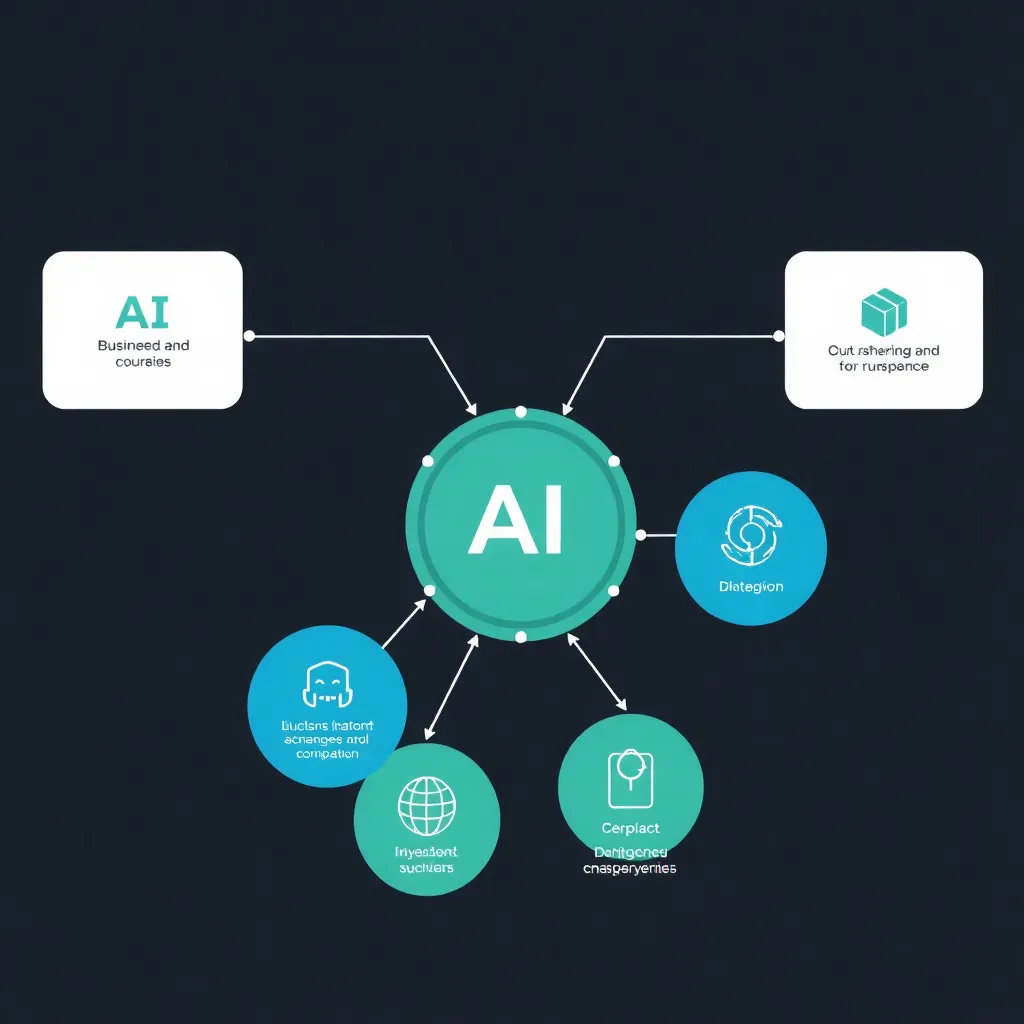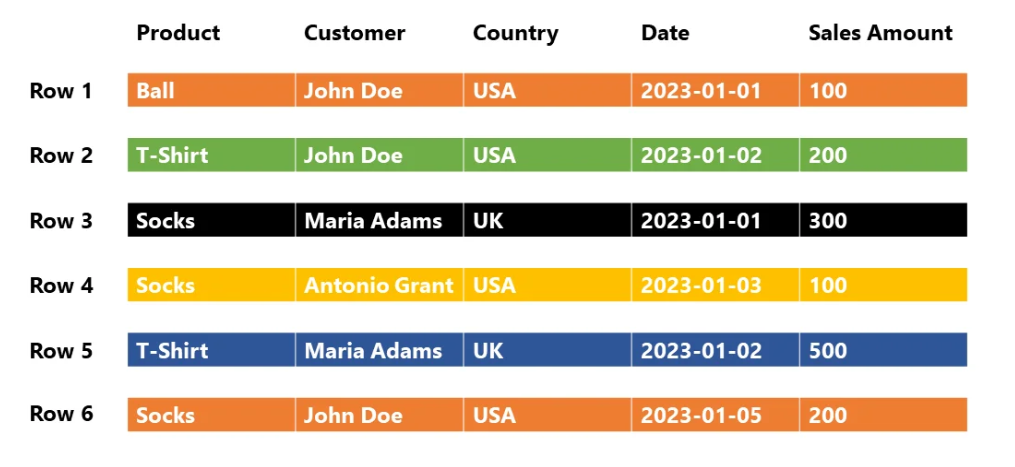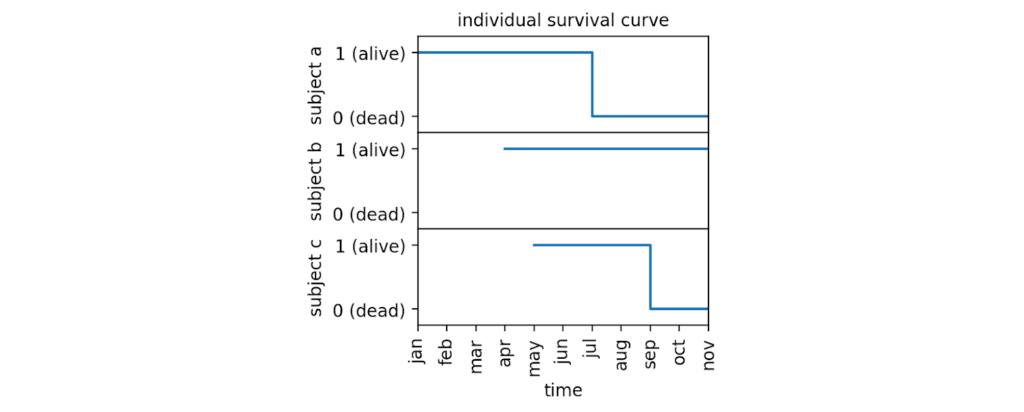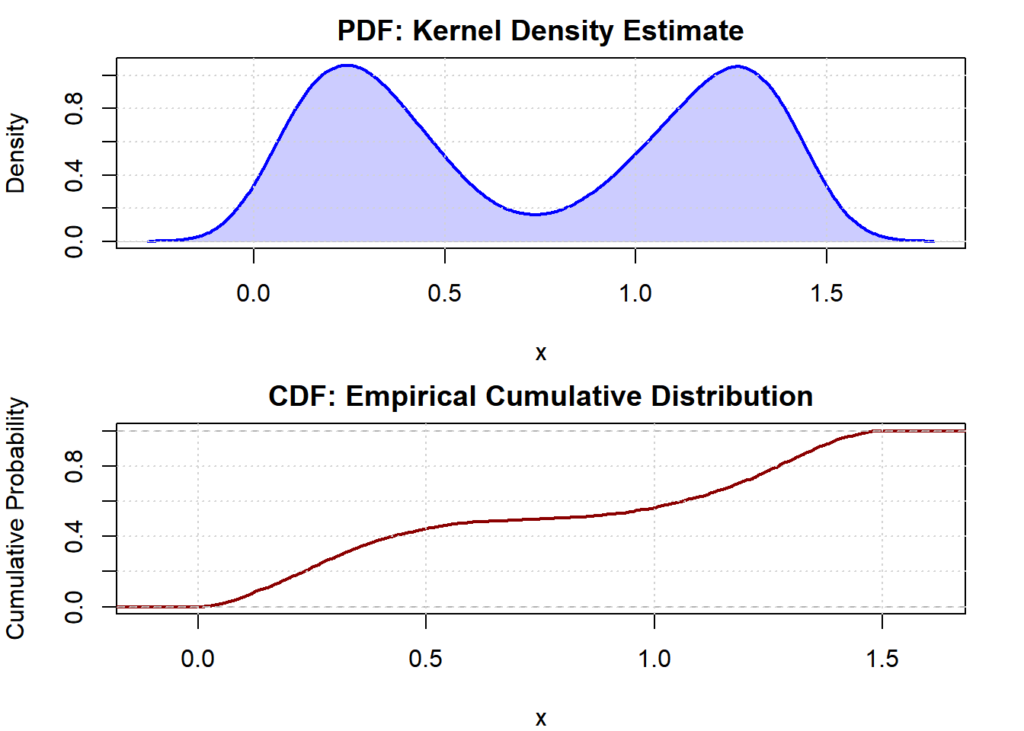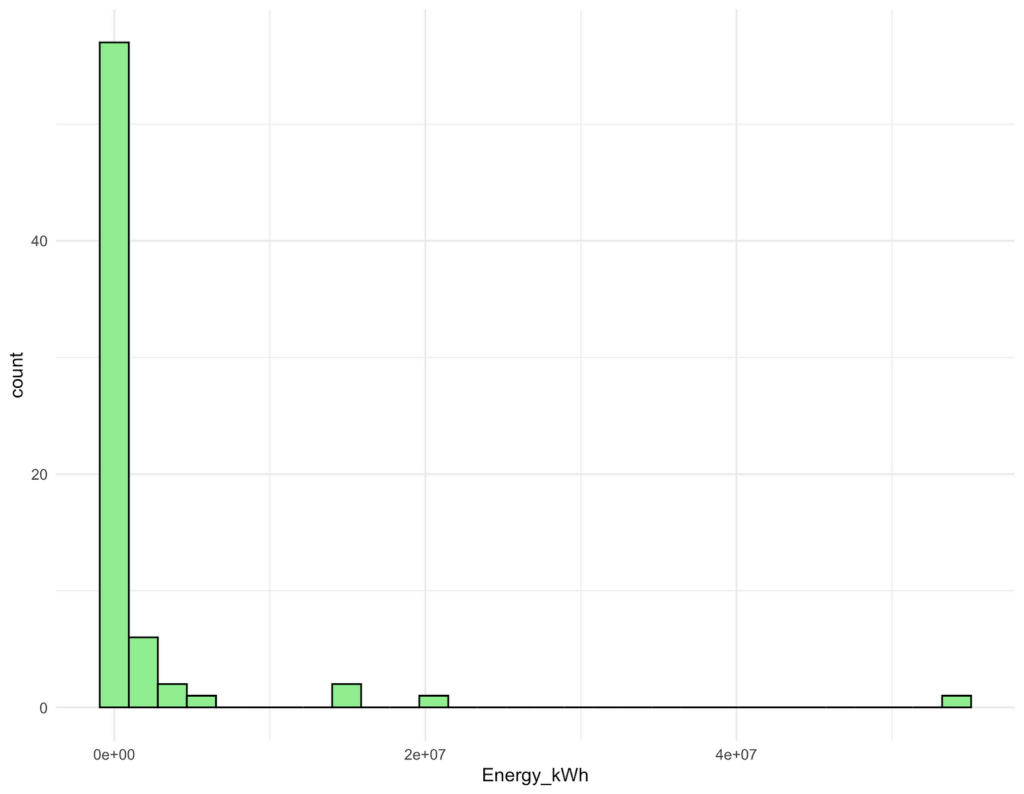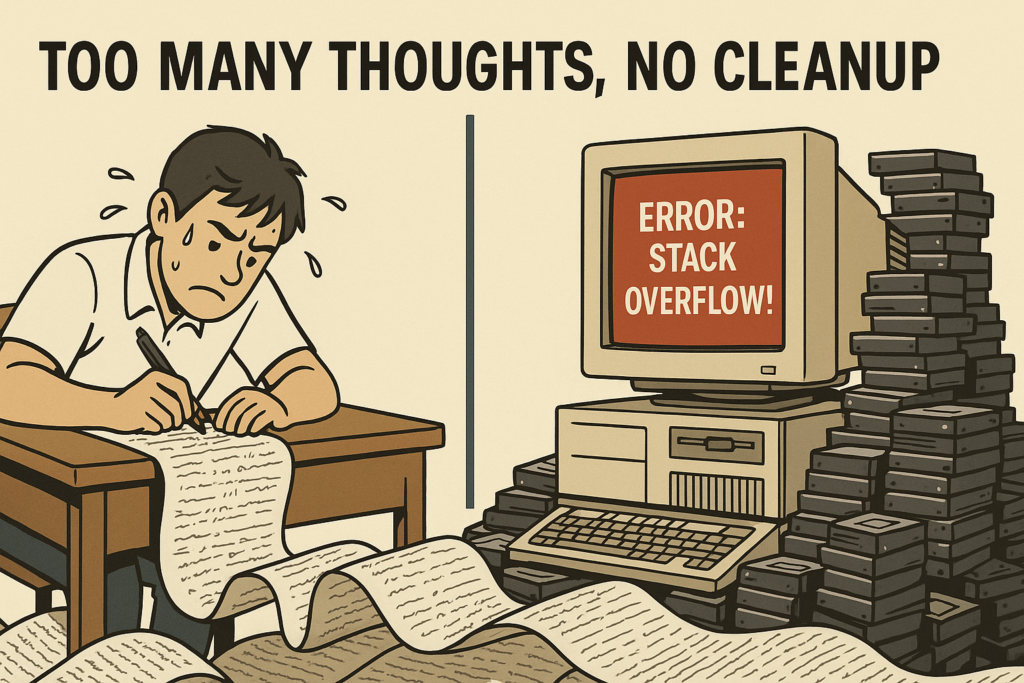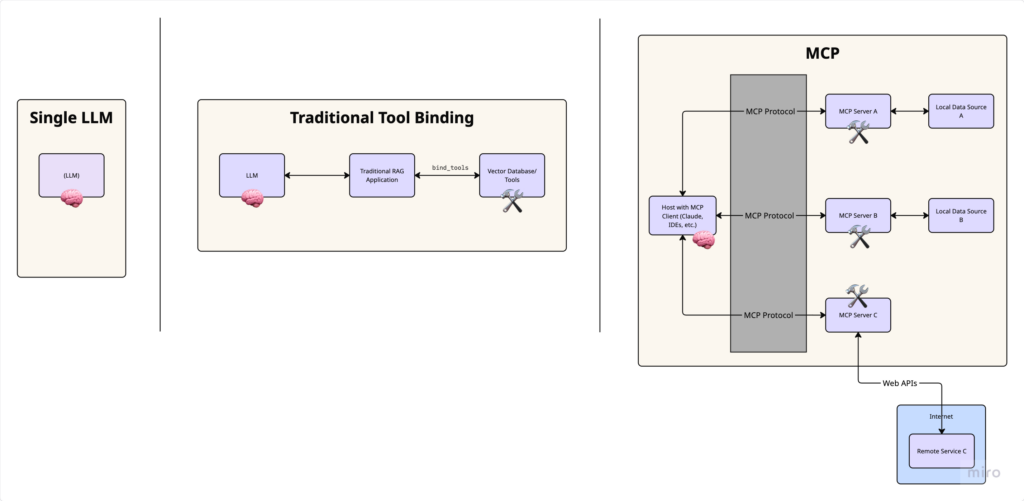Parquet File Format – Everything You Need to Know!
With the amount of Data growing exponentially in the last few years, one of the biggest challenges has become finding the most optimal way to store various data flavors. Unlike in the (not so far) past, when relational databases were considered the only way to go, organizations now want to perform analysis over raw data […]
Parquet File Format – Everything You Need to Know! Read More »
